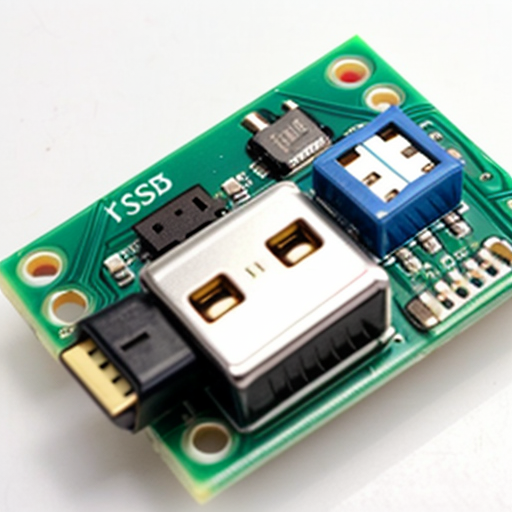In the ever-evolving world of technology, capturing and preserving memories has become an integral part of our lives. With the advancement of digital imaging, two popular choices for recording videos are USB video cameras and traditional camcorders. In this article, we will conduct a comparative analysis of these devices to help you make an informed decision when choosing the right tool for your video recording needs.
Definition and Features:
USB Video Camera:
A USB video camera, also known as a webcam, is a compact device that connects to a computer or laptop via a USB port. It is primarily designed for video communication, live streaming, and online meetings. USB video cameras often come with built-in microphones and offer high-quality video output.
Traditional Camcorder:
A traditional camcorder is a standalone device specifically designed for recording videos. It typically includes features like optical zoom, image stabilization, manual controls, and various recording modes. Camcorders offer superior video quality and flexibility compared to USB video cameras.
Portability:
USB Video Camera:
One of the key advantages of USB video cameras is their portability. Due to their compact size and lightweight design, they can easily fit in your bag or pocket. This makes them a convenient choice for on-the-go video recording or vlogging.
Traditional Camcorder:
Traditional camcorders are slightly bulkier than USB video cameras, but they offer better ergonomics and stability. They are suitable for extended recording sessions or capturing events where portability is not a major concern.
Video Quality:
USB Video Camera:
USB video cameras generally offer good video quality for online video communication and streaming purposes. However, they may not match the high-quality video output of traditional camcorders due to their smaller sensors and limited lens options.
Traditional Camcorder:
Traditional camcorders excel in video quality, thanks to their larger sensors, better optics, and advanced image processing technologies. They can capture videos with higher resolution, vivid colors, and improved low-light performance.
Control and Flexibility:
USB Video Camera:
USB video cameras usually have limited manual controls and settings. They are designed for simplicity and ease of use, making them ideal for beginners or casual users. However, they may lack certain advanced features and customization options.
Traditional Camcorder:
Traditional camcorders offer extensive manual controls, allowing users to adjust settings like aperture, shutter speed, white balance, and focus. This level of control provides greater creative freedom and flexibility for experienced videographers.
Price Range:
USB Video Camera:
USB video cameras are generally more affordable compared to traditional camcorders. They offer a budget-friendly option for users who prioritize cost-effectiveness without compromising on basic video recording capabilities.
Traditional Camcorder:
Traditional camcorders are available in a wide range of prices, with advanced models offering superior features and performance. They are suitable for professionals or enthusiasts who require professional-grade video recording capabilities.
Conclusion:
Both USB video cameras and traditional camcorders have their own strengths and weaknesses. If you prioritize portability, simplicity, and cost-effectiveness for online video communication, USB video cameras are a suitable choice. However, if you require superior video quality, advanced manual controls, and flexibility for professional video recording, traditional camcorders are the way to go. Assess your needs, consider the factors mentioned above, and make an informed decision to ensure you have the right tool for capturing your precious memories.











